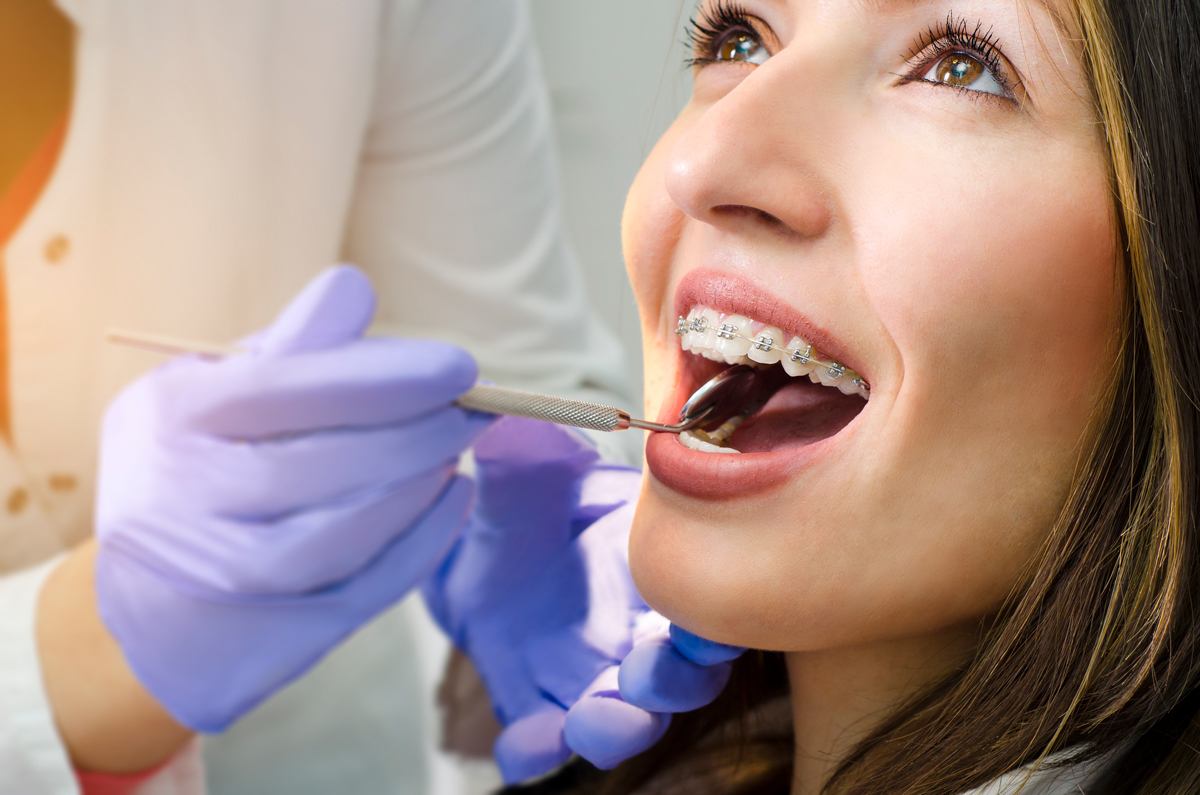FAQs
¿What is the meaning of orthodontic?
Orthodontics is a branch of dentistry that focuses on the diagnosis, prevention, and treatment of dental and facial irregularities. The primary goal of orthodontic treatment is to correct issues related to teeth alignment, bite problems, and the positioning of jaws.
Orthodontic treatments often involve the use of braces, aligners, and other appliances to gradually move teeth into their desired positions. These treatments can help improve both the aesthetic appearance of the smile and the overall functionality of the bite. Common issues that orthodontics addresses include crooked teeth, crowded teeth, overbites, underbites, crossbites, and more.
Orthodontic treatment plans are tailored to each individual’s needs and can vary in duration. Some people may only need relatively short-term treatment, while others might require more extensive care over a longer period. The goal is to achieve a healthy, functional bite and a confident smile.
¿Why are orthodontics so expensive?
Orthodontic treatments can be relatively expensive due to several factors that contribute to the overall cost. Here are some reasons why orthodontic treatments tend to have higher costs:
Specialized Training: Orthodontists undergo additional years of specialized training after dental school to become experts in orthodontics. This additional education and training contribute to the overall cost of their services.
Equipment and Materials: Orthodontic treatments often involve the use of specialized equipment, appliances, and materials, such as braces, aligners, wires, and retainers. These materials need to be of high quality to ensure effective and safe treatment.
Customization: Each orthodontic treatment plan is tailored to the individual needs of the patient. This level of customization requires careful planning, adjustments, and monitoring throughout the treatment process.
Duration of Treatment: Orthodontic treatment can span several months to a few years, depending on the complexity of the case. Longer treatment durations contribute to the overall cost.
Regular Appointments: Orthodontic treatments typically require frequent visits to the orthodontist’s office for adjustments and progress checks. These appointments contribute to the cost of treatment.
Labor Costs: Orthodontists and their team of specialized staff, such as dental assistants, play a crucial role in providing effective treatment. The labor costs associated with a skilled team of professionals can contribute to the overall expense.
Maintenance and Follow-Up: Even after the main treatment phase is completed, patients often require retainers and follow-up appointments to ensure that the results are maintained over the long term.
Overhead Costs: Operating a specialized orthodontic practice involves various overhead costs, such as rent for office space, utilities, administrative staff salaries, and more.
Technology and Research: The field of orthodontics continuously evolves with new technologies and treatment methods. Orthodontists invest in staying up to date with the latest advancements and research, which can contribute to the cost of treatment.
It’s important to note that the cost of orthodontic treatment can vary widely based on factors such as the complexity of the case, the type of treatment chosen (e.g., traditional braces, clear aligners), the geographic location of the orthodontic practice, and the reputation and experience of the orthodontist. Many orthodontic practices offer financing options to help patients manage the cost of treatment over time. Additionally, the long-term benefits of a properly aligned smile and improved oral health can often outweigh the initial expense for many individuals.
¿Is orthodontics the same as braces?
Orthodontics refers to the field of dentistry that deals with the diagnosis, prevention, and treatment of dental and facial irregularities, particularly those related to teeth alignment, bite problems, and jaw positioning. Orthodontists are dental specialists who specialize in this field and provide various treatments to improve the alignment of teeth and the overall function and appearance of the smile.
Braces, on the other hand, are one of the many tools used in orthodontics to correct misaligned teeth and bite issues. Braces are orthodontic appliances that consist of brackets, wires, and sometimes additional components like bands and elastics. The brackets are bonded to the teeth, and the wires are threaded through them. By applying gentle and controlled pressure, braces gradually move teeth into their desired positions over time.
In essence, braces are a specific type of orthodontic treatment method used to achieve the goals of orthodontics. However, orthodontics encompasses a broader range of treatments beyond braces. Clear aligners, headgear, retainers, and other appliances can also be part of orthodontic treatment plans, depending on the individual’s needs and the orthodontist’s expertise.
So, while braces are a common and well-known orthodontic treatment option, they are just one aspect of the larger field of orthodontics, which encompasses various methods and techniques to improve dental alignment and bite function.










